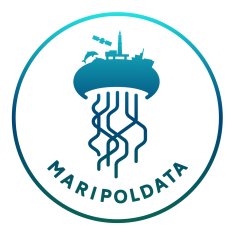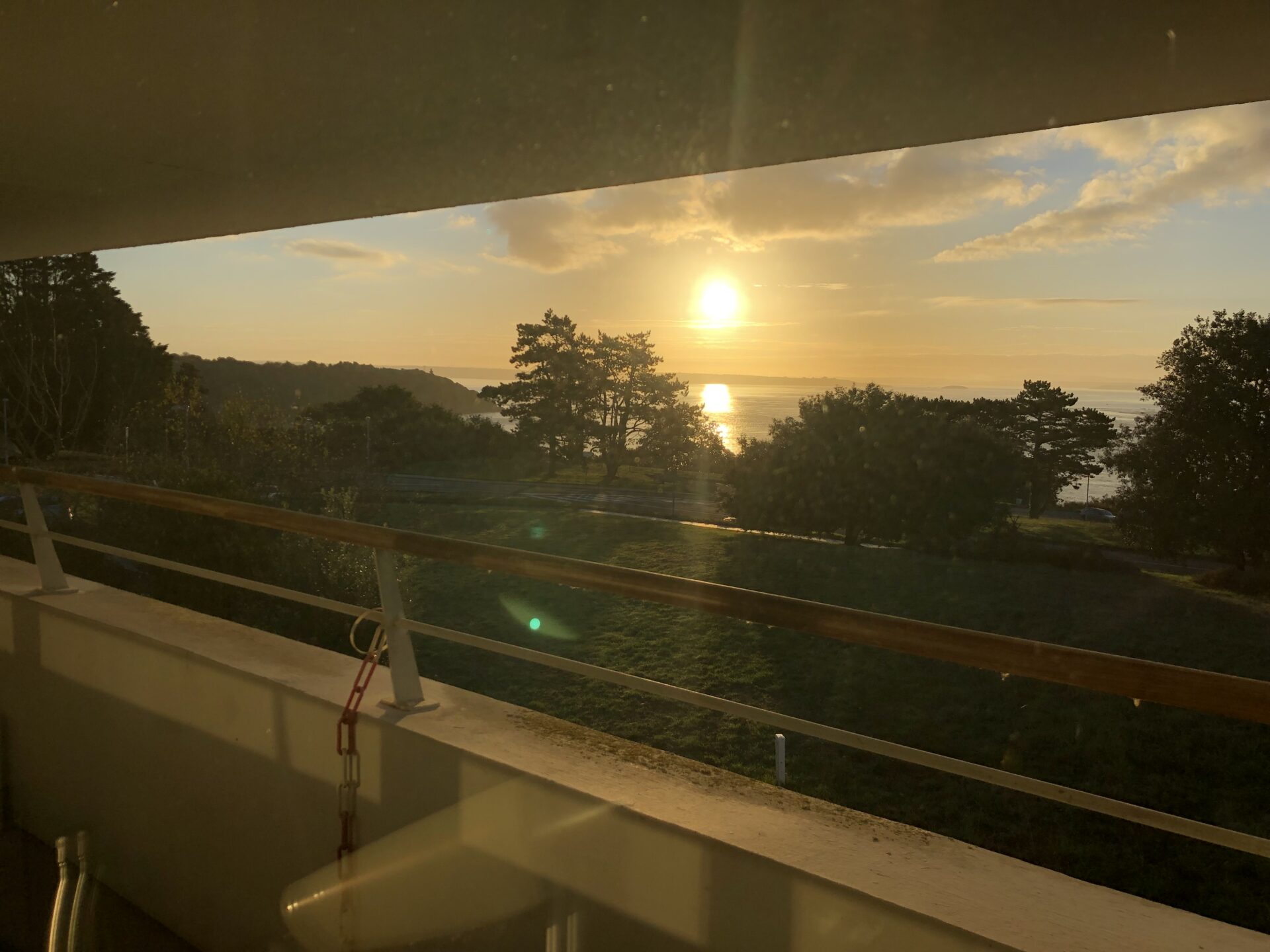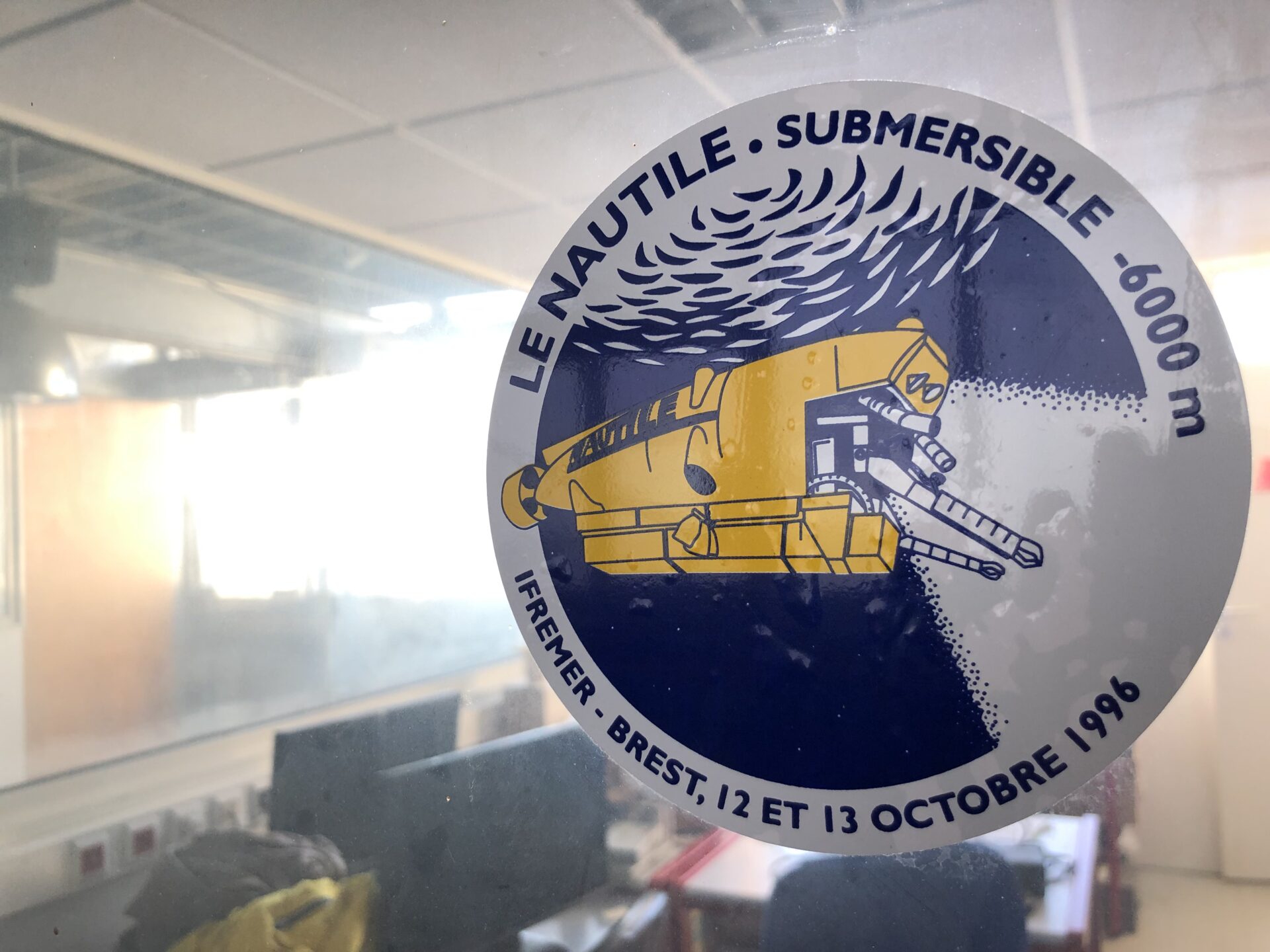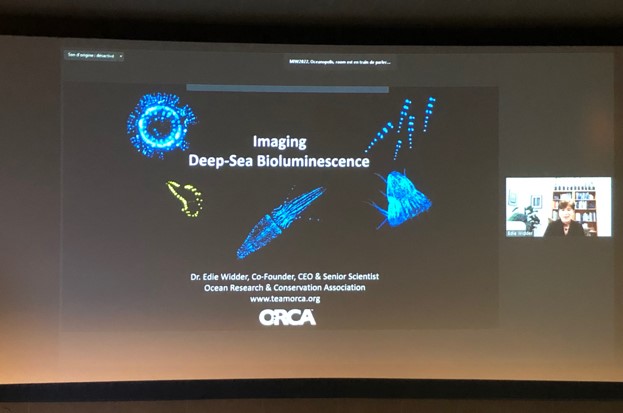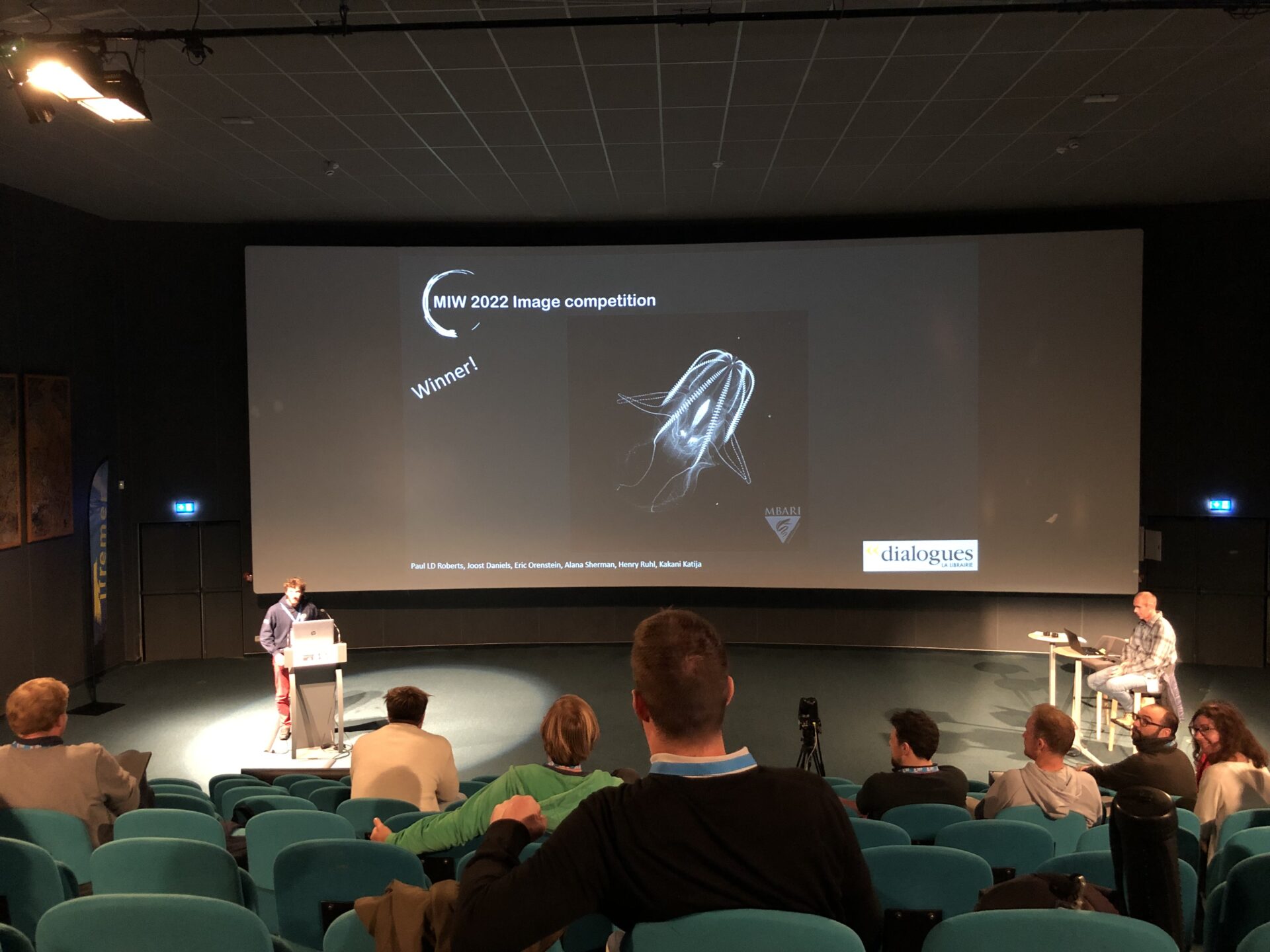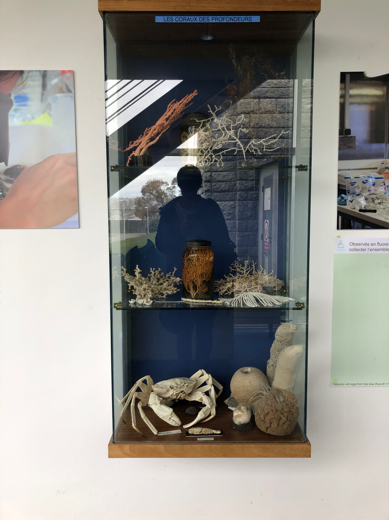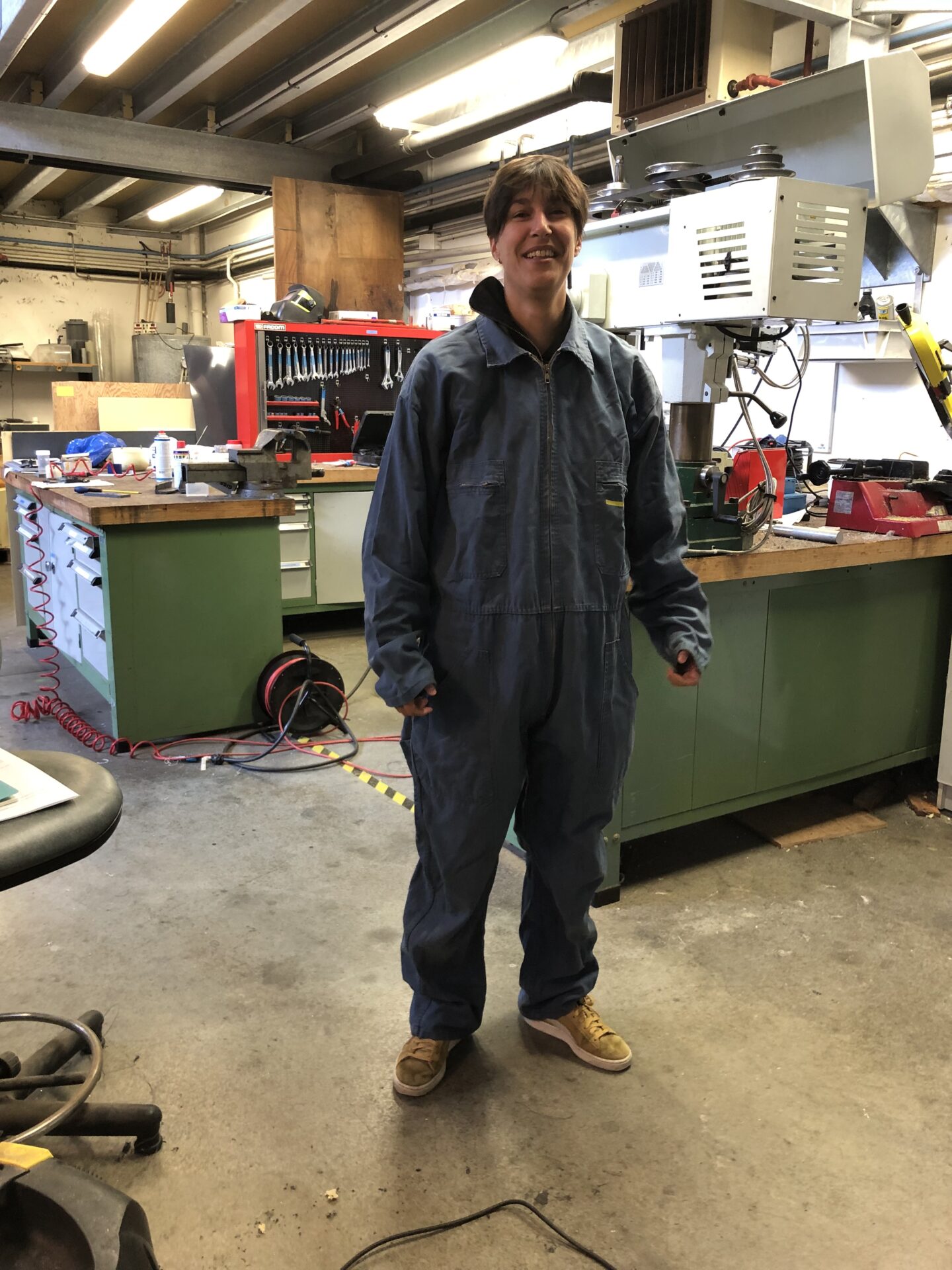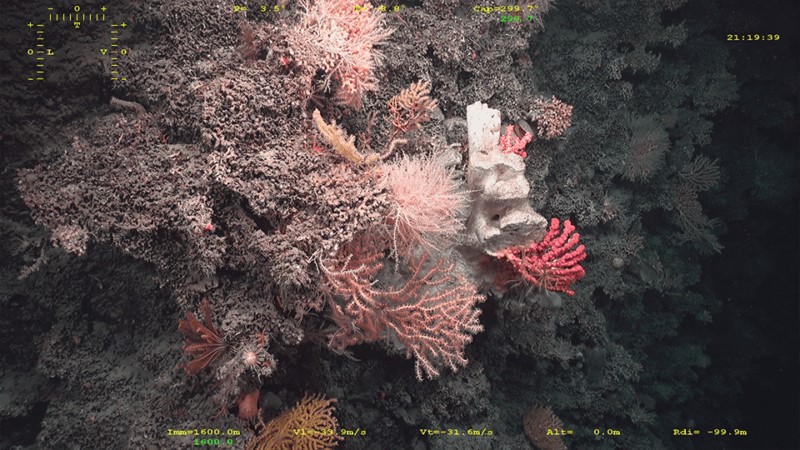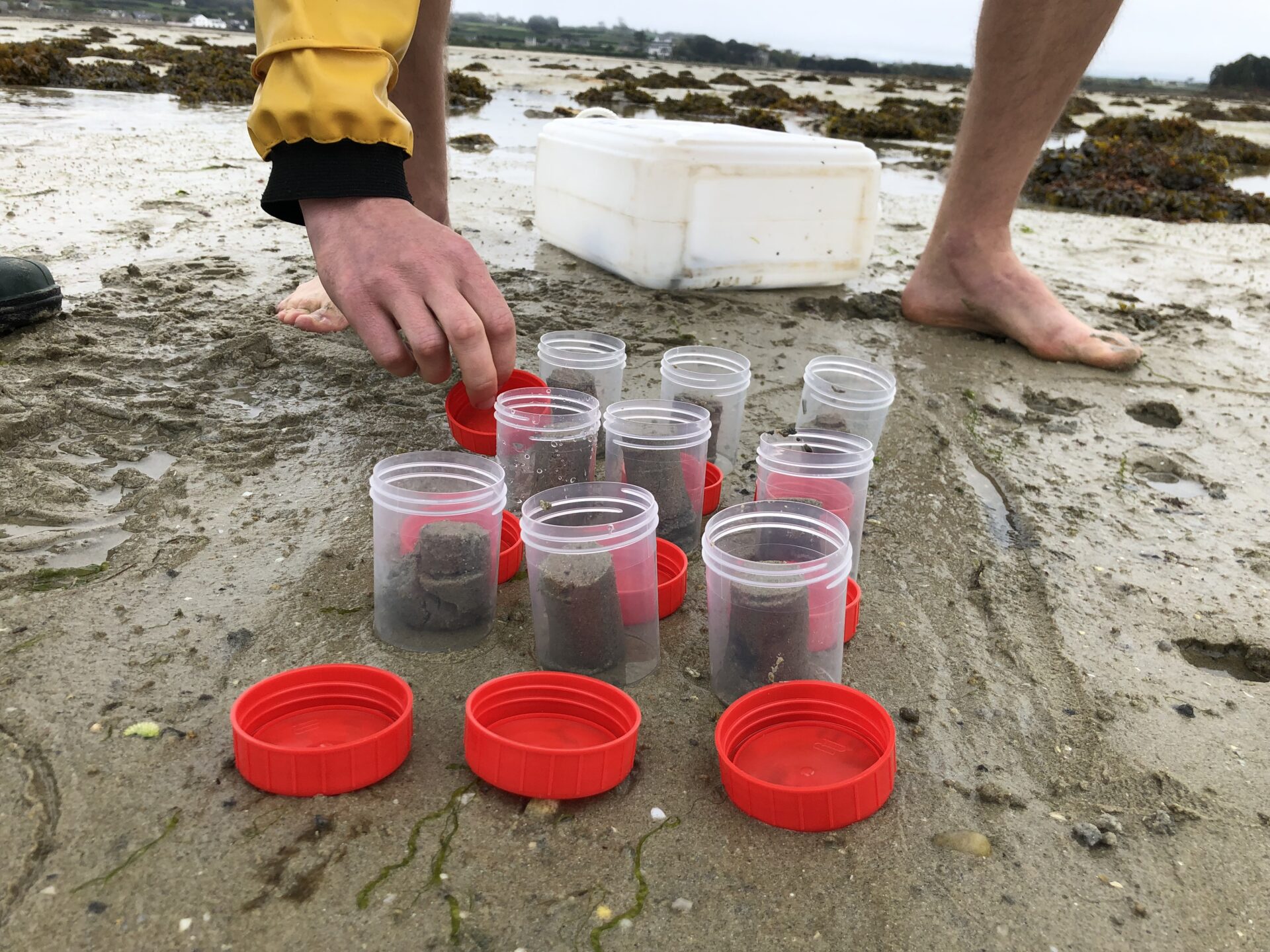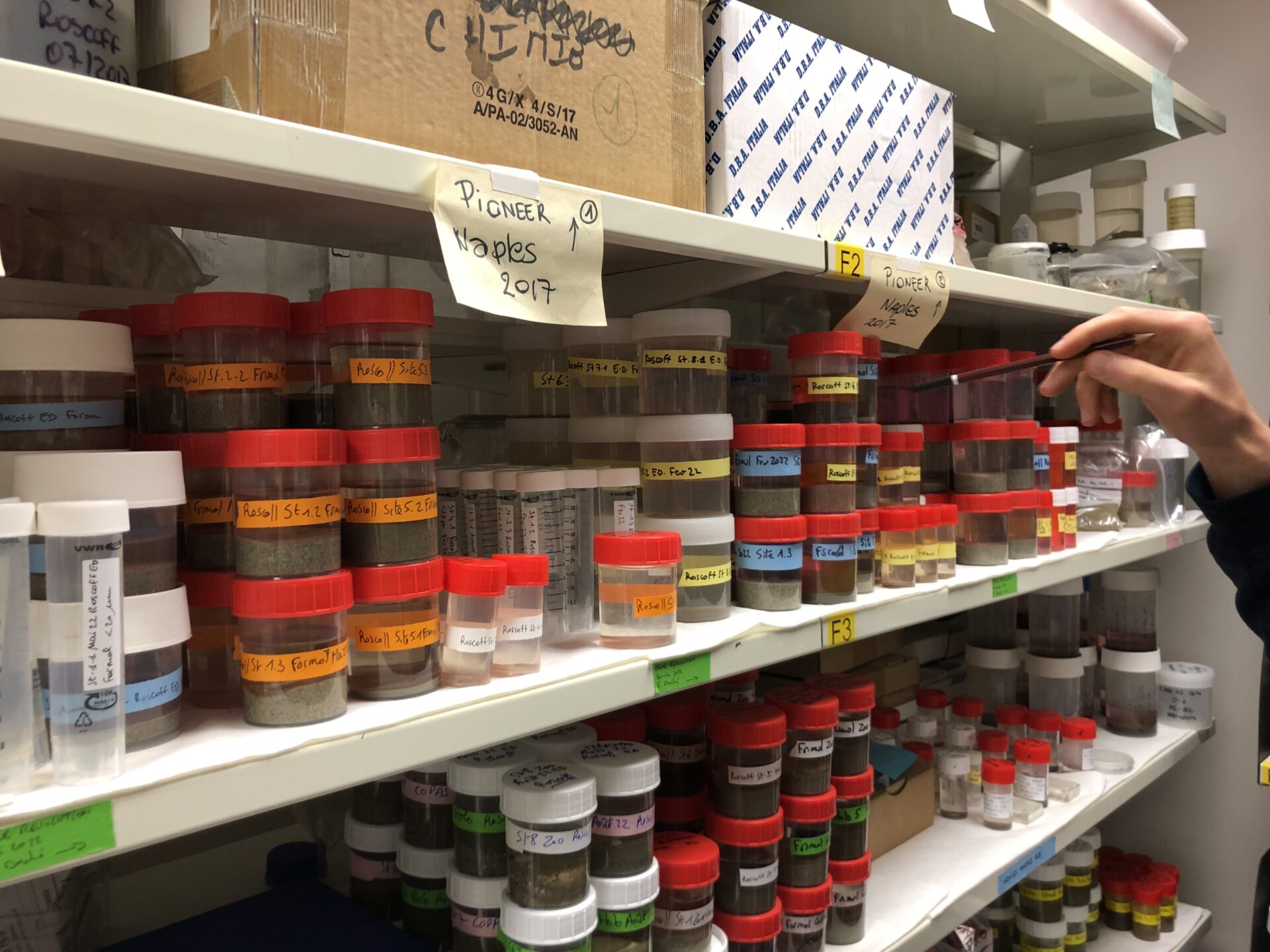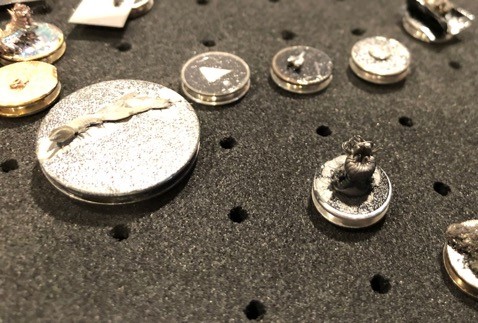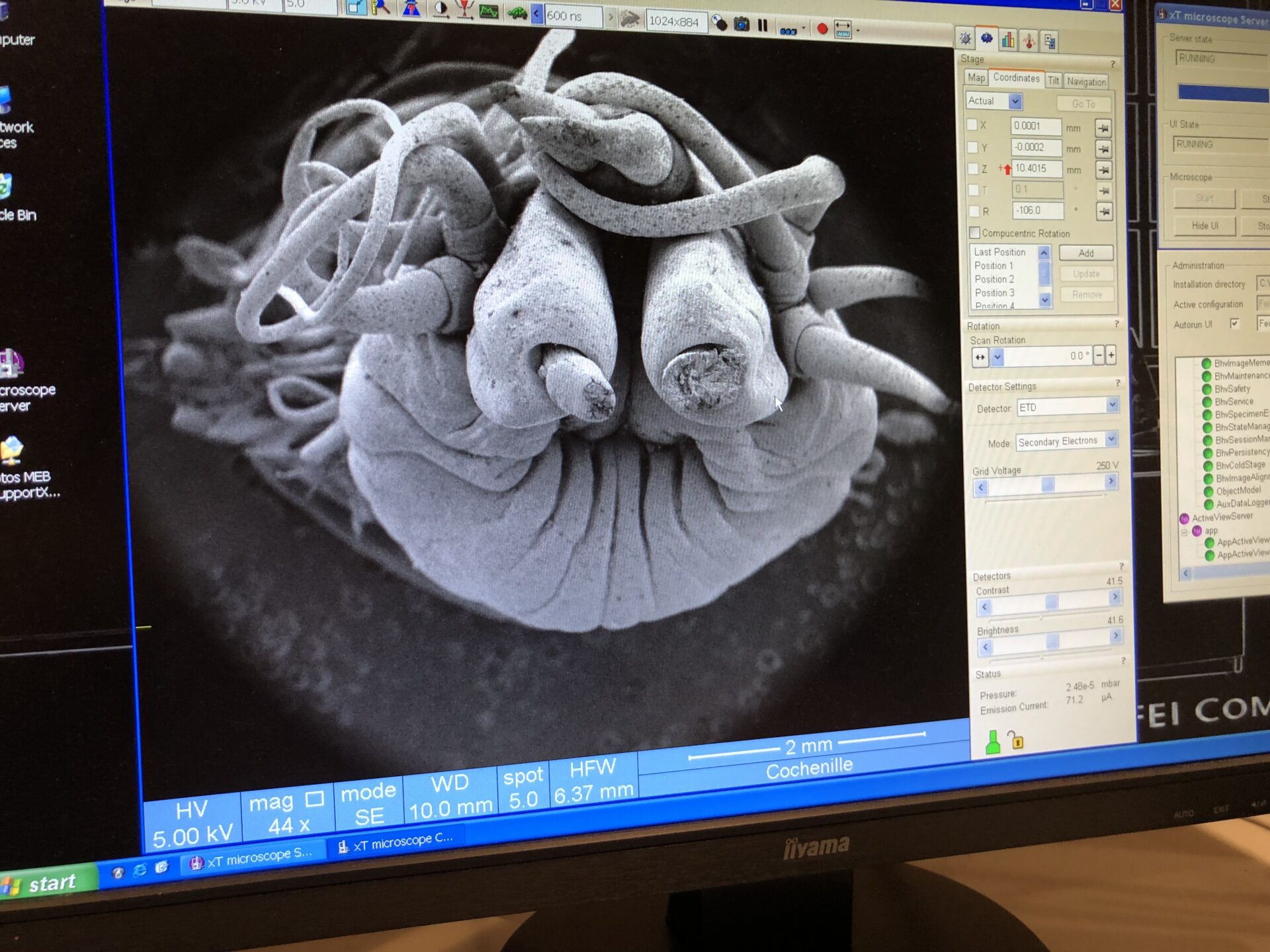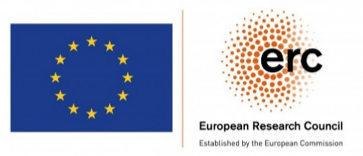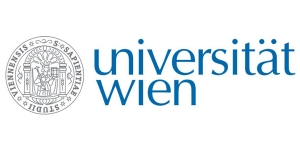Tweeting Biodiversity Beyond National Jurisdiction (#BBNJ): the story of a hashtag
By Arne Langlet, Paul Dunshirn & Glen Wright
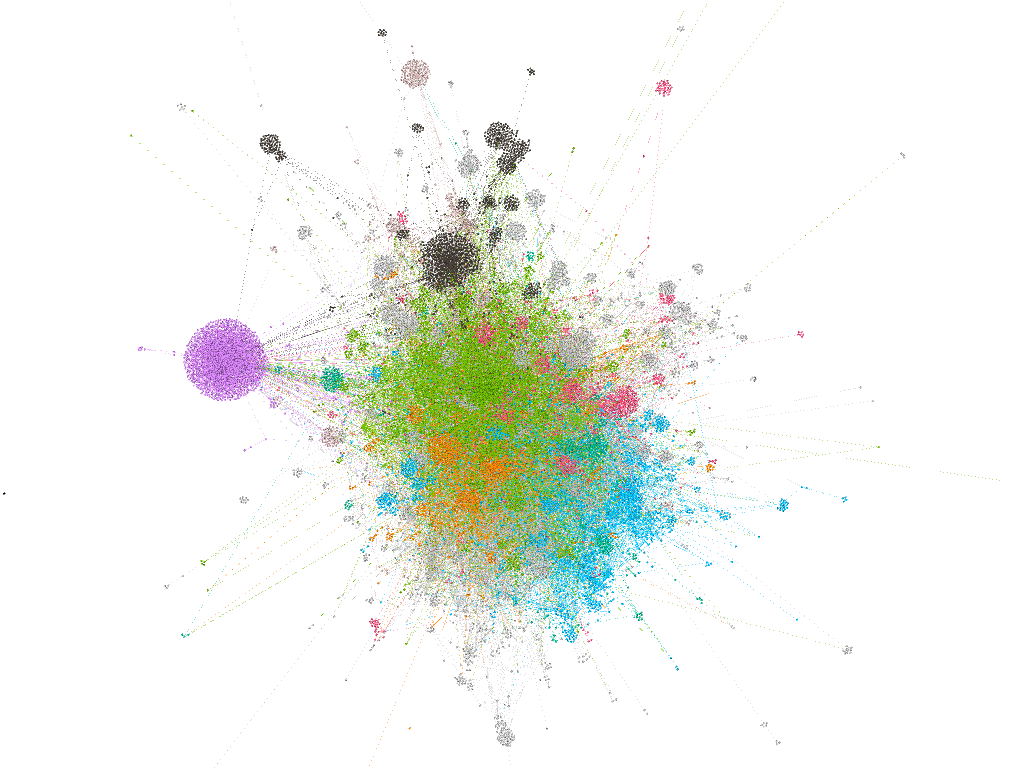
#BBNJ – Twitter Network
Twitter has become a central platform for political [1] and scientific communication [2], offering a unique data source for researching digital communication and discussions between diplomats, stakeholders and scientists. During the COVID-19 pandemic, digital communication may have been particularly important for international negotiation processes such as the recently concluded negotiations for a treaty on biodiversity beyond national jurisdiction (BBNJ) [3, 4, 5].
Here we introduce a dataset of tweets related to BBNJ discussions, which we collected from the first of January 2018 to March, 9th, 2023. The resulting dataset contains 72727 tweets from 26137 unique users. We included all tweets that mentioned the hashtag #BBNJ. Below we present a preliminary analysis of the data, focusing on themes such as the intensity of online engagement with BBNJ-related discussions over time, network community structures, and content of tweet texts. We consider these themes as pathways for further research.
We want to invite anyone with an interest in using the data to get in touch with us to discuss possibilities for further engagement.
How did the BBNJ discussion on Twitter evolve?
Our data shows that in early 2018, #BBNJ was already used in an average of around 12 tweets per day. The use of #BBNJ sparked for the first time during the first Intergovernmental Conference (IGC1) in September 2018. Particularly during the first three days of the IGC1 (4-6 September 2018), we can see high activity, peaking at 757 tweets in just one day. A total of 13465 BBNJ-tweets were posted during IGC1, averaging around 250 per day. The discussion subsequently went quiet, ahead of the next peak during the IGC2. By then, the hashtag was well established. During the intersessional period between IGCs2 and 3, more tweets were published than in the previous intersessional period.
Tweeting continued during the intersessional period between IGCs3 and 4, which stretched to 30 months owing to the COVID-19 pandemic. This period saw around 17 daily BBNJ-tweets. This continued engagement may indicate that the online dialogues (‘High Seas Dialogues’ and ‘BBNJ Intersessional Work’) helped to maintain some momentum and visibility during the COVID-19 pandemic [3, 4, 5].
The fourth IGC was originally planned to be the final round of negotiations, and the flurry of BBNJ-tweets on the opening day was relatively high. Nonetheless, this IGC ultimately garnered fewer Tweets in comparison to the previous rounds. Tweets on BBNJ dropped markedly after IGC4 – at around 11 per day, – this period was the quietest since we started sampling in 2018. Usage of #BBNJ once again picked up during the UN Ocean Conference, with civil society and ambitious States using the occasion to call for the finalisation of the BBNJ treaty.
The #BBNJ hashtag exploded during IGC 5 and 5.2, when the hashtag was used in more than 1000 tweets. This correlated with increased media and public attention on the negotiations. The days with the most tweets were March 5th, 6th and 7th 2023 with 5325, 3913 and 2056 Tweets respectively. We were unable to plot these dates on the following graph as they were outliers, and thus, outside of the limits of the visualization.
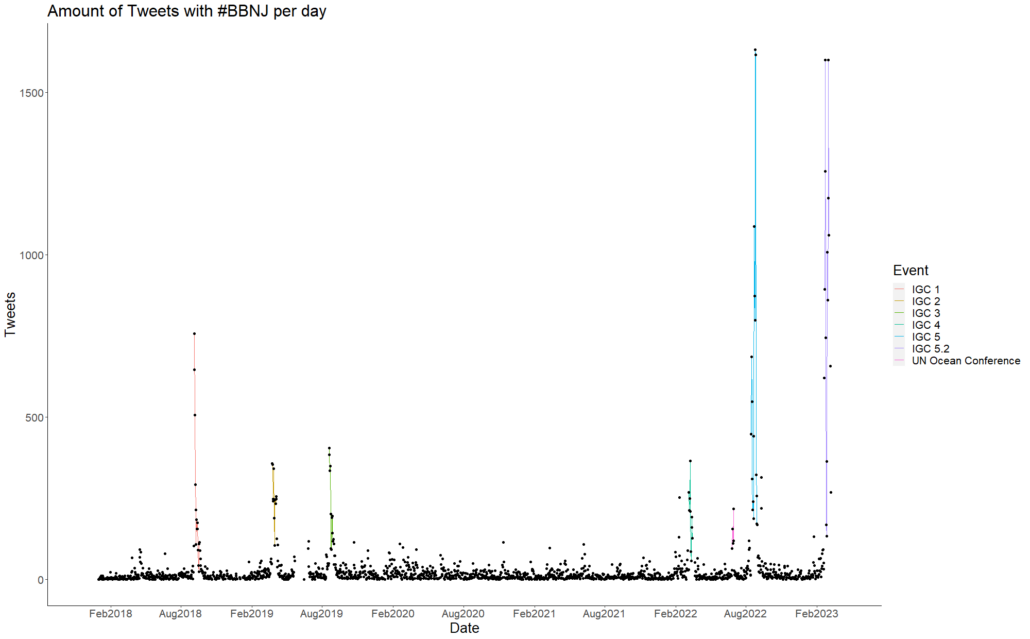
This analysis reveals a couple of trends. Firstly, BBNJ-related Twitter activity primarily occurs during the in-person negotiation sessions and strongly increased when the negotiations were getting closer to the finish line. After usage of #BBNJ was cemented during IGCs 1 and 2, the hashtag began to occur more often in other ocean events (such as the aforementioned UN Ocean Conference, which was not BBNJ specific). The days after BBNJ was concluded showed the strongest Twitter activity as it became part of the general media coverage.
How did the BBNJ network develop?
From the #BBNJ tweets emerged a social network, which we can visualise by analysing the interactions between users (i.e. retweets and mentions). We found that 13739 users interacted with at least one other user, creating 31842 connections. The following video shows how the BBNJ network has grown since the beginning of 2018.
Video editing: Alexander Medgett
Pathways for further research
Community Analysis
The network is quite closely connected in one large component, and we only see a few entirely disconnected user groups. A modularity-based community detection algorithm nonetheless identifies different communities within the main component (distinguished by colour in the video). Looking at network evolution over time reveals that certain core communities formed around IGC1, but that subsequent communities joined the discussions at later stages. Particularly, the purple and black communities formed around a small number of highly influential users that attracted a high number of otherwise disconnected users.
Network properties of #BBNJ discussions
Apart from analysing community structures, the relational nature of our data allows the use of established indicators from social network analysis, such as “centralization”. Centralization refers to the distribution of links between nodes [7]. An increase in centralization means that a small number of users are highly connected compared to the majority of people in the network. Table 1 shows that the centralization of the BBNJ network grew steadily after IGC1, indicating that the network grew closer together and a few users became very well connected. During the IGCs (in red), many new users joined the network and the centralization decreased. This indicates that the distribution of connections became more equal, i.e. the gap between hyper- and weakly-connected users shrank and new users joined the BBNJ community. After IGC3, the dynamics of the network did not significantly change and the network grew ever closer around a few highly central nodes for a long time. However, with IGCs 5 and 5.2, the centralization suddenly decreased strongly as many new nodes joined the network by tweeting about #BBNJ and tagging or retweeting other users.
| Period | Centralization |
| Pre IGCs | 0,16 |
| IGC 1 | 0,11 |
| Intersessional IGC 1-2 | 0,16 |
| IGC 2 | 0,21 |
| Intersessional IGC 2-3 | 0,22 |
| IGC 3 | 0,20 |
| COVID-19 Intersessional IGC 3-4 | 0,31 |
| IGC 4 | 0,32 |
| Intersessional IGC 4 – UN Ocean Conference | 0,32 |
| UN Ocean Conference | 0,34 |
| Past UN Ocean & pre IGC 5 | 0,34 |
| IGC 5 | 0.23 |
| IGC 5.2 | 0.21 |
Content analysis: other hashtags used in connection to the BBNJ hashtag
Our dataset also contains the actual #BBNJ tweet texts, allowing for a closer analysis of the content of discussion. For example, we can identify other hashtags that were used jointly with #BBNJ. #highseas co-occurs most frequently, reflecting the use of that term as a more readily intelligible alternative and recent discussion about the possibility of renaming the BBNJ Treaty to the commonly used “High Seas Treaty”.
| # | Freq |
| highseas | 7230 |
| ocean | 3134 |
| highseastreaty | 2059 |
| biodiversity | 1914 |
| igc5 | 1754 |
| oneoceanoneplanet | 1130 |
| stronghighseas | 1045 |
| abnj | 1044 |
| igc4 | 872 |
| sdg14 | 691 |
| unclos | 649 |
| oceans | 580 |
| mpas | 511 |
| igc2 | 462 |
| deepsea | 417 |
| protecttheoceans | 398 |
| igc3 | 394 |
| oneoceansummit | 381 |
| 30×30 | 300 |
Contact us for collaboration:
We are excited to announce that our comprehensive Twitter dataset on the #BBNJ (Biodiversity Beyond National Jurisdiction) negotiations is available now. The dataset encompasses more than 72.000 tweets and can offer valuable insights into the global discourse surrounding conservation of marine biodiversity and sustainable use of marine resources. We invite fellow researchers, including early-career researchers and master students to utilize this rich dataset for their scholarly investigations, enabling a deeper understanding of public opinions, key themes, networks and emerging trends during the BBNJ negotiations.
Should you wish to access this dataset and collaborate on groundbreaking research, please do not hesitate to contact us:
References:
[1] Jungherr, A. (2014). Twitter in politics: a comprehensive literature review. Available at SSRN 2865150.; Jörgens, H., Kolleck, N., & Saerbeck, B. (2016). Exploring the hidden influence of international treaty secretariats: using social network analysis to analyse the Twitter debate on the ‘Lima Work Programme on Gender’. Journal of European Public Policy, 23(7), 979-998.; Pearce, W., Holmberg, K., Hellsten, I., & Nerlich, B. (2014). Climate Change on Twitter: Topics, Communities and Conversations about the 2013 IPCC Working Group 1 Report. PLOS ONE, 9.
[2] Boteler, B. (2016). Scientists and Twitter: How does this Group of Fact Finding Professionals use Twitter? Journal of Visual and Media Anthropology, 1(2), 5-18.; López-Goñi, I., & Sánchez-Angulo, M. (2018). Social networks as a tool for science communication and public engagement: focus on Twitter. FEMS Microbiology letters, 365(2), fnx246.; Su, L. Y.-F., Scheufele, D. A., Bell, L., Brossard, D., & Xenos, M. A. (2017). sci. Science Communication, 39(5), 569-597.
[3] Vadrot, A. B. M., Langlet, A., Tessnow-von Wysocki, I., Tolochko, P., Brogat, E., & Ruiz-Rodríguez, S. C. (2021). Marine Biodiversity Negotiations During COVID-19: A New Role for Digital Diplomacy? Global Environmental Politics, 21(3), 169-186.
[4] Vadrot, A. B. M., & Ruiz Rodríguez, S. C. (2022). Digital Multilateralism in Practice: Extending Critical Policy Ethnography to Digital Negotiation Sites. International Studies Quarterly 66(3). Article sqac051, https://doi.org/10.1093/isq/sqac051
[5] Langlet, A., Wanneau, K., Dunshirn, P., Ruiz Rodríguez, S. C., Tessnow-von Wysocki, I. & Vadrot, A.B.M. (2022). A matter of time: the impacts of Covid-19 on marine biodiversity negotiations. Négociations, 37, 39-65. https://doi.org/10.3917/neg.037.0039
[7] Borgatti, Stephen P. (2005). “Centrality and Network Flow”. Social Networks. 27: 55–71.
[/av_textblock]
